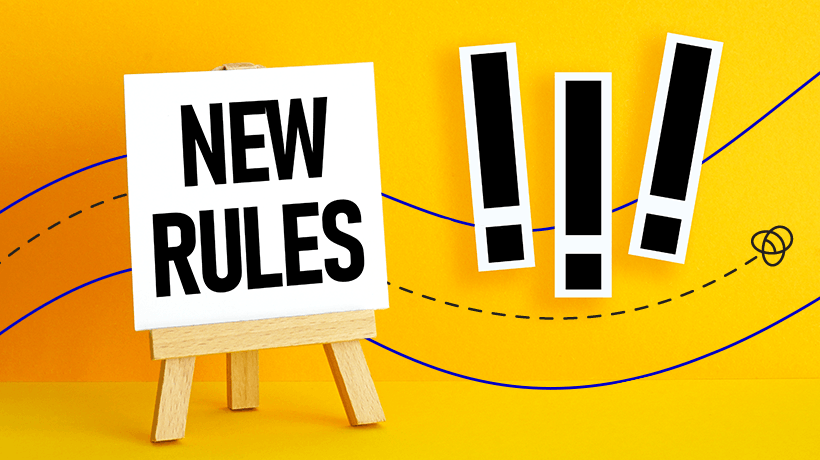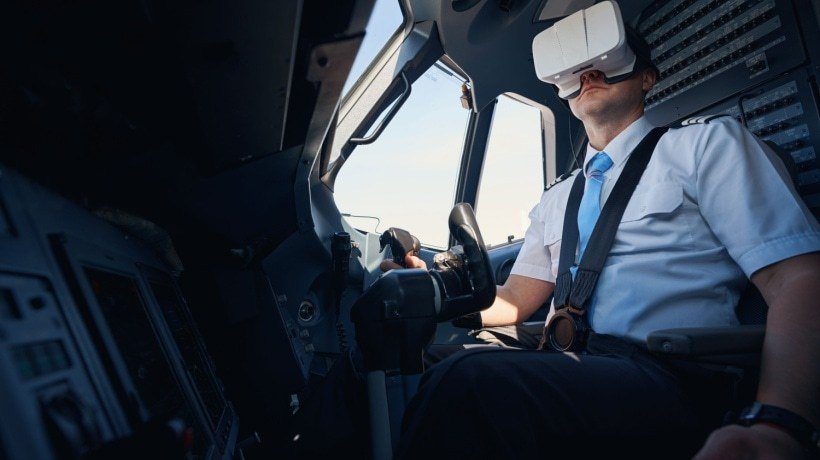How Gamification Connects Knowing And Doing
In our previous article, Microlearning: A Must-Have in Hybrid Work, we looked at how microlearning must adapt to the realities of new work environments, not only delivering training in short, focused modules, but also becoming part of the extended learning journey. But efficient delivery alone doesn’t guarantee impact. The next challenge for L&D is ensuring that what’s learned actually moves into practice. This is where gamification often comes in.
From Engagement To Application
The perception of gamification as the “fun” side of training is understandable. We all know that points and badges can feel superficial if they’re not linked to real performance goals. Yet, when designed with purpose, gamification can create the conditions for practice and skill transfer.
Take real work challenges, for example. When learners compete or collaborate on scenarios that mirror their tasks (for example, it can be a simulated sales call, a compliance decision, or a customer service situation), they’re not just playing. They’re rehearsing. Repetition, feedback, and social accountability turn abstract knowledge into applied skill.
Let’s take a customer service training, where gamified role-plays allow employees to test their tone and timing in simulated conversations. In compliance programs, decision-based challenges mirror real-life judgment calls. These interactive experiences make practice safe but meaningful. Learners can experiment, fail, and try again in a safe environment, without real-world consequences, reinforcing both confidence and competence.
Research supports this: gamification consistently shows positive effect not just in engagement, but also in workplace behaviors and performance. [1] Another survey reveals that 90% of employees feel gamification makes them more productive at work. [2]
Why It Works
At the heart of gamification is the idea of making things matter. A task that feels like part of a shared quest hits differently than the same task labeled “mandatory training.” When people play alongside their peers, driven by not wanting to let the team down or by pushing toward a common goal, they naturally hold each other accountable and are more likely to put what they’ve learned into practice.
Making Gamification Practical
Rather than dismiss gamification as “just fun,” it’s more useful to see it as a bridge. It connects knowledge to action by encouraging learners to apply what they’ve learned in realistic, motivating contexts. It shifts training from an isolated activity to a shared practice ground, helping reduce the lag between learning and doing.
Here are a few ways to design gamified learning experiences that drive real impact.
Tie Gamified Experiences To Real KPIs
Instead of generic quizzes, create assignments tied to workplace scenarios and award progress for applying skills on the job. For example, completing a sales call using a new framework, resolving a ticket faster, or following a procedure correctly.
Use Scenario-Based Challenges
Turn workplace dilemmas into “quests” where decisions affect outcomes. Learners gain points for making the right calls in situations they actually face.
Create Team-Based Missions
Encourage collaboration by letting teams earn rewards when all members contribute to a shared result. A leaderboard that moves only when everyone participates fosters accountability and teamwork.
Celebrate Real-World Application, Not Just Course Completion
Recognize and reward learners when they demonstrate skills on the job. For instance, unlocking a badge only after a manager validates real-world performance.
In Summary
Gamification is powerful, but its real impact comes when it’s not confined to standalone modules. When challenges, rewards, and real-world cases are tied to daily workflows, learning feels less like a detour and more like part of the job itself.
Platforms that make it possible to connect gamification with daily work, like Moovs Learning Arena, enable learners to practice on the job and give managers the tools to run learning campaigns that directly boost team performance and KPIs. Daily challenges reinforce skills and knowledge, while themed competitions motivate employees to push further by competing with colleagues and other teams.
That’s the next step we’ll explore in Part 3 of this series, Learning in the Flow of Work: Practical Cases For L&D: how organizations can integrate learning directly into everyday tasks so knowledge turns into action seamlessly.
References:
[1] Study into the effectiveness of gamification techniques in workplace learning published
[2] 25 Gamification Statistics [2023]
Moovs Learning Arena
Transform your team’s performance with interactive, gamified learning experience that foster collaboration and drive results!




